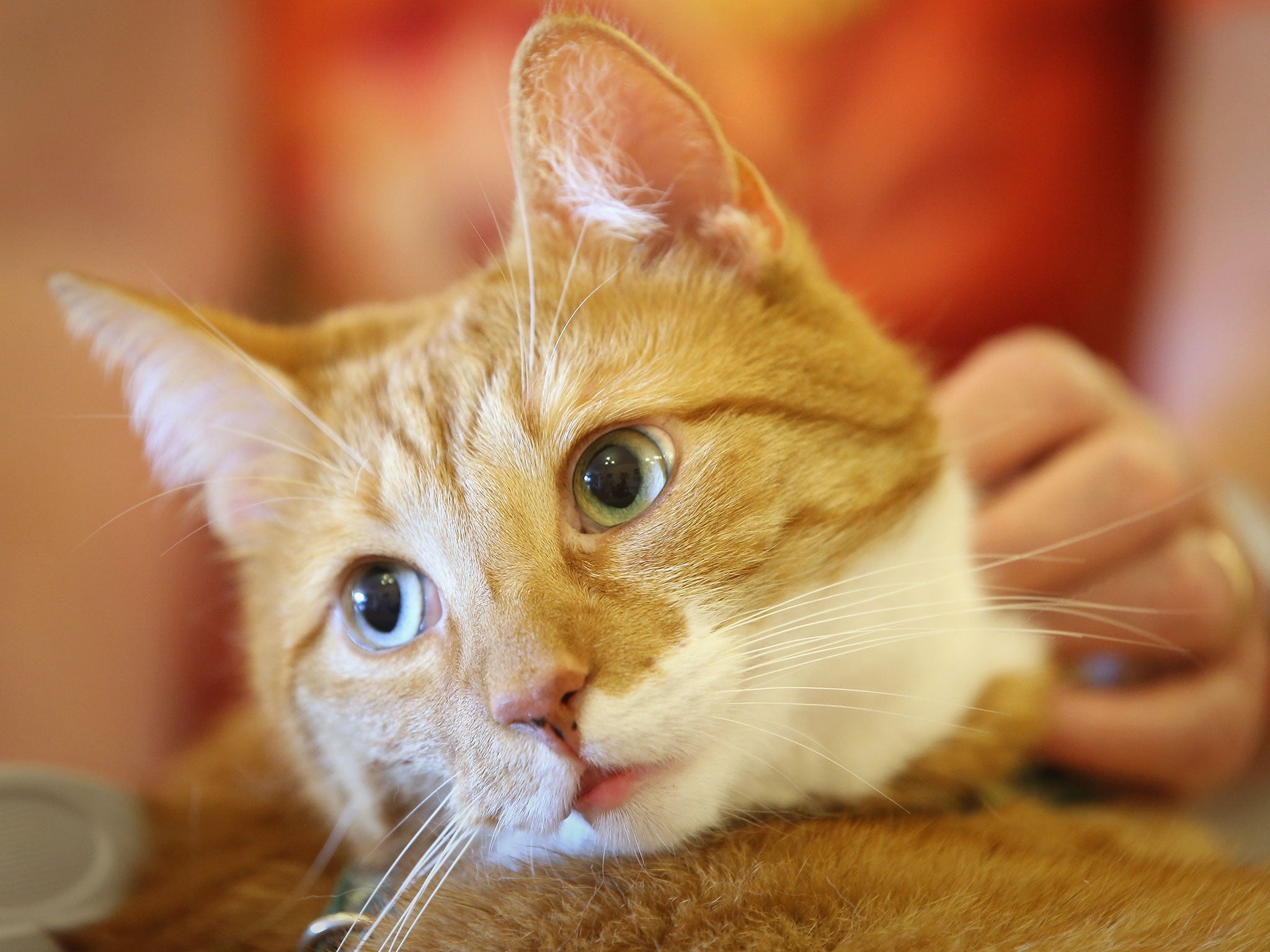'Croydon cat killer' still on the loose and suspected of mutilating over 370 pets in two-year spree
Dismembered bodies of felines found across Britain conform to same pattern

Scooter slipped out her home on the south coast of England one night in the summer, BBC News reported, and turned up the next morning on a nearby lawn - sliced down the length of her belly, entrails pulled out and piled up beside her, laid there to find like some sort of sick message.
As went Scooter, so went Rusty 150 miles to the north: dumped in a bag on a teenage girl's doorstep, according to The Guardian, headless, limbless and earless.
And Topsy, mutilated in Northampton on 7 September; and Squiggles, found partially skinned with her tail cut off in an Addlestone car park on Tuesday.
These are just a few of the victims of who pet owners across Britain and police believe is a serial killer of cats, who has eluded capture for two years and may be expanding his ambitions.
Since the first killing in late 2015, the carcass found near the alleys of a Croydon neighbourhood south of London, more than 370 animals are believed to have been mutilated by the same suspect, the BBC reported.
Most of the victims are pet cats, though foxes and the occasional rabbit or puppy are sometimes reported - even a baby owl, once. As Peter Holley wrote for The Washington Post last year, the so-called “Croydon Cat Killer” has certain hallmarks to his work: “Decapitated, with their tails and ears cut off, stomachs slashed and organs removed, the tortured remains sometimes drained of blood.”
Police have only confirmed a fraction of the hundreds of mutilated animals to be the work of one human mind.
“It's quite possible other people have got on the bandwagon - copycats, if you like,” Andy Collin, a Metropolitan police detective in Croydon, told the BBC.
But he has no doubt the killer exists and has even worked up a psychological profile. “Cats are targeted because they are associated with the feminine. The killer can't deal with a woman or women who are troubling him,” Collin said.
The detective worried that “at some stage he'll escalate or feel brave enough to move on to vulnerable women and girls.”
And already, the killings have spread from a single London suburb in a widening ring, which by now extends from the coast to miles north, east and west of the capital city.
One night in August, the BBC reported, witnesses near the scene of a cat killing in Caterham chased a man with a headlamp or some sort of torch from the area. This led police - through an animal protection group they've partnered with - to release a possible description of the killer, and animal rights groups subsequently offered more than $10,000 as a reward for information leading the killer's arrest.
“He strikes mainly at night in residential areas, often luring his victims with pet food, crab sticks or raw chicken,” the BBC wrote. “He kills them quickly with some sort of blunt force then waits at least half an hour for their blood to coagulate before mutilating their bodies.
“He then tends to display the bodies close to where he's hunted them down, sometimes in public spaces such as playgrounds.”
The dead cats were first ignored by police, a Vice reporter wrote last year. They were written off as the work of predators or traffic, until news stories went national and made authorities pay attention.
Now, police meet regularly with leaders of South Norwood Animal Rescue and Liberty, whose volunteers try to investigate each reported killing as a crime scene. And last month, a forensics laboratory at the University of Surrey began to reexamine the bodies of dozens of cats thought to be linked to the case.
Police call it Operation Takahe.
The operation has its detractors, the BBC notes - with some accusing the volunteers of exaggerating the problem or questioning how one person could kill so many cats.
But that hasn't stopped the mutilations, or the effort to find a serial killer.
“We will get him,” Collin told Vice. “Whether I catch him, or he gets nicked for something else - it will happen.”
The Washington Post
